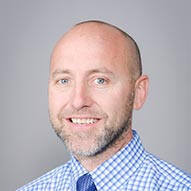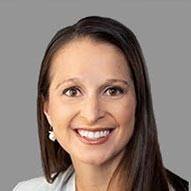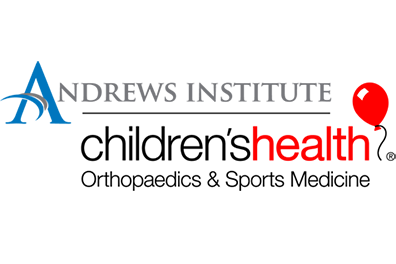Pediatric Spine and Scoliosis Treatment
Pediatric Spine and Scoliosis Treatment
Pediatric Spine and Scoliosis Treatment
Pediatric spinal disorders can cause discomfort, disfigurement, pain and stress for your child. No parent wants to see a child suffer. Our full-service specialized pediatric spine program is family and patient focused, which means our entire team is sensitive to the special medical and emotional needs of young patients and their families. At our facility you’ll receive:
Minimal wait time for appointments: Patients receive expert medical care from highly trained physicians within two weeks, and typically sooner. Direct referrals are accepted.
Leading-edge advanced treatments: We are the only pediatric hospital in Texas, and one of the few in the country, to use Mazor Robotics Renaissance® Guidance System, which improves accuracy for screw placement during spine surgery.
Full service specialized pediatric care: We provide expert multidisciplinary care including pediatric orthopedic surgeons, pediatric radiologists, neurologists, physical medicine and rehabilitation physicians and physical therapists, in one place.
State-of-the-art, on-site imaging: Using the advanced EOS imaging system, we offer child-friendly scans that deliver 50% to 80% less radiation than a traditional x-ray and 95% less radiation than a CT-scan.
Conditions We Treat
- Scoliosis in children and teens
- Neuromuscular scoliosis in children
- Congenital scoliosis
- Early onset scoliosis in children
- Idiopathic adolescent scoliosis
- Lordosis (swayback) and kyphosis in children
- Spondylolysis and spondylolisthesis in children
- Pediatric stress fractures
- Spinal irregularities and deformities
- Pediatric back pain
Effective non-surgical treatments
One of the first questions parents usually ask is: will my child need spine surgery? The good news is that most patients will never need surgery. Our team exhausts all nonoperative treatment methods, first, before considering surgery. Nonoperative methods include:
Bracing
Mehta Casting
Observation
Advanced technology when surgery is needed
If surgery is required for scoliosis or a spinal curvature, which is typically recommended for curves that exceed 45 to 50 degrees, our expert spine surgery team uses the most advanced methods to correct a spinal curvature, as much as possible, as well as to prevent it from progressing. Operative methods include:
MAGEC™ Growing Rod placement
Posterior spinal fusion with instrumentation
Anterior approach and spinal fusion
Vertebral resections
Effective non-surgical treatments
One of the first questions parents usually ask is: will my child need spine surgery? The good news is that most patients will never need surgery. Our team exhausts all nonoperative treatment methods, first, before considering surgery. Nonoperative methods include:
Bracing
Mehta Casting
Observation
Advanced technology when surgery is needed
If surgery is required for scoliosis or a spinal curvature, which is typically recommended for curves that exceed 45 to 50 degrees, our expert spine surgery team uses the most advanced methods to correct a spinal curvature, as much as possible, as well as to prevent it from progressing. Operative methods include:
MAGEC™ Growing Rod placement
Posterior spinal fusion with instrumentation
Anterior approach and spinal fusion
Vertebral resections
Meet the Care Team
 Christopher Redman, MDOrthopedic Sports Medicine Surgeon
Christopher Redman, MDOrthopedic Sports Medicine Surgeon Troy Smurawa, MDSports Medicine Physician
Troy Smurawa, MDSports Medicine Physician Brian Gutknecht, PA-CPhysician Assistant - Orthopedics
Brian Gutknecht, PA-CPhysician Assistant - Orthopedics Lindsey Sebastian, PA-CPhysician Assistant - Orthopedics
Lindsey Sebastian, PA-CPhysician Assistant - Orthopedics

